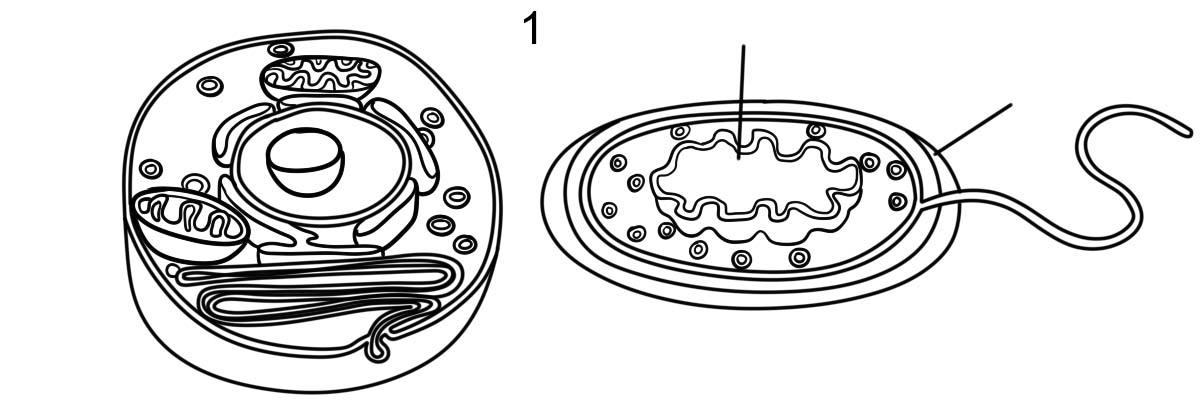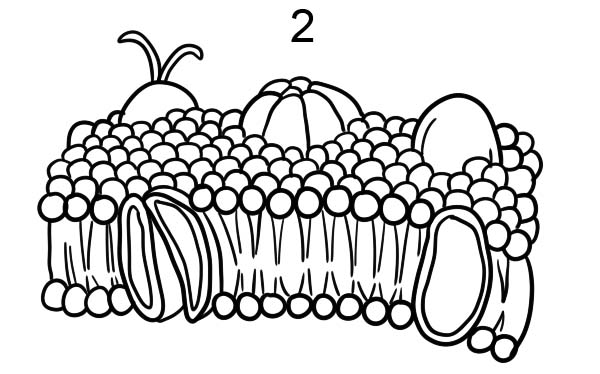The cell membrane, which is also referred to as the plasma membrane or cytoplasmic membrane, refers to a biological membrane separating the interior from the external of cells. This helps in protecting the cell from its environment. The cell membrane is made up of a lipid bilayer that includes cholesterols, sitting between phospholipids so as to maintain their fluidity under different temperatures. The cell membrane is also made up of proteins like the peripheral and integral proteins that serve as membrane transporters(integral). Some proteins are loosely attached to the peripheral (outer) side of the cell membrane and act as enzymes that shape the cell.

1. Cell and the cell membrane
The cell membrane is responsible for controlling the movement of substances in and out of cells and organelles. Therefore, these membranes are selectively permeable to organic molecules and ions. Cell membranes are also involved in several cellular processes like cell signaling, ion conductivity, and cell adhesion, and they also serve as surfaces of attachment of various extracellular structures like the cell wall. Other extracellular structures that attach to the cell membrane are the carbohydrate layer known as glycocalyx and the intracellular network of protein fibers known as the cytoskeleton.

2.The structure of a cell membrane
Cell membranes are made up of different biological molecules, mainly proteins, and lipids. The composition of cell membranes is not fixed but constantly changing for fluidity as well as changes in the environment. For example, cholesterol levels in human primary neuron cell membrane changes, and this composition change affects fluidity all through the development stages.
The main membrane phospholipids and glycolipids are phosphatidylcholine, phosphatidylethanolamine, phosphatidylinositol, and phosphatidylserine. The cell membrane is made up of three classes of amphipathic lipids:
The amount of each is dependent on the cell type, but in many cases, phospholipids are the most abundant. In most cases, phospholipids account for approximately 50% of all lipids in the plasma membranes, glycolipids account for approximately 2% and sterols account for the rest. In the study of the red blood cells, it was seen that 30% of the plasma membrane was made up of lipids. However, in many eukaryotic cells, the composition of the plasma membrane is approximately half lipids and half proteins by weight.
The length, as well as the degree of unsaturation of fatty acid chains, affect the fluidity of the membrane. Unsaturated lipids prevent fatty acids from packaging together, therefore, decreasing the melting temperature and increasing the fluidity of a membrane.
The ability of some organisms to regulate the fluidity of their cell membranes by altering the composition of lipids is known as homeoviscous adaptation.
Plasma membranes also contain carbohydrates, predominantly glycoproteins. Carbohydrates play a role in cell-cell recognition in eukaryotes. They are found on the surface of the cell in order to recognize host cells and share information.
The proteins in the cell membrane can be divided into three types; integral proteins, lipid anchored proteins and peripheral proteins. Integral proteins include ion channels, proton pumps, and G-protein coupled receptors. These proteins are also known as transmembrane proteins.
The lipid anchored proteins include the G proteins.
The peripheral proteins include some enzymes and some hormones.
The cell membrane has a very large content of proteins, approximately 50% of the membrane volume. These proteins are responsible for several biological activities.